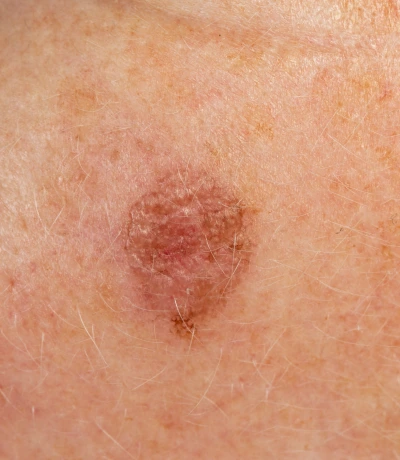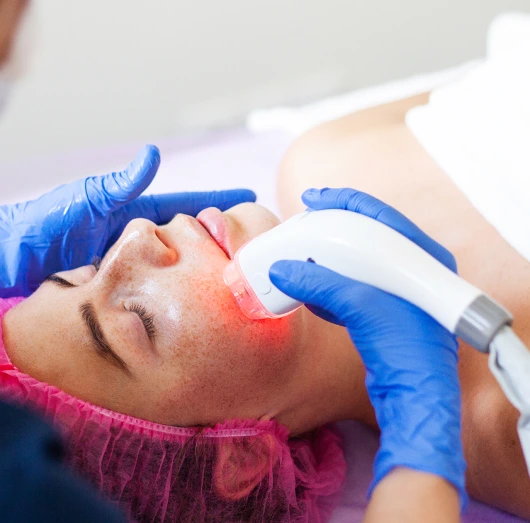Actinic Keratosis Treatment in Fresno, CA
Facing actinic keratosis? You’re not alone. At Minarets Medical Group, we specialize in cutting-edge treatments, offering hope and healing to those affected by this sun-induced skin condition. Our Fresno-based team is dedicated to providing personalized solutions to combat actinic keratosis, ensuring your skin heals and thrives. With state-of-the-art treatments and a commitment to patient health, Minarets Medical Group is a reliable partner in restoring a clear, healthy appearance. Embrace the confidence that comes with expert care for actinic keratosis — discover the path to a brighter, healthier you!
Facing actinic keratosis? You’re not alone. At Minarets Medical Group, we specialize in cutting-edge treatments, offering hope and healing to those affected by this sun-induced skin condition. Our Fresno-based team is dedicated to providing personalized solutions to combat actinic keratosis, ensuring your skin heals and thrives. With state-of-the-art treatments and a commitment to patient health, Minarets Medical Group is a reliable partner in restoring a clear, healthy appearance. Embrace the confidence that comes with expert care for actinic keratosis — discover the path to a brighter, healthier you!
Table of contents

What Is Actinic Keratosis?
Actinic keratosis is the early stage of skin damage that can potentially progress to skin cancer. It is characterized by rough, scaly patches caused by long-term exposure to ultraviolet (UV) light from the sun or artificial sources like tanning beds. Our treatments aim to address the visible symptoms of actinic keratosis and prevent the progression to more serious conditions.
Causes of Actinic Keratosis
 Sun Exposure
Sun Exposure

 Use of Tanning Beds
Use of Tanning Beds

Due to their concentrated UV radiation exposure, indoor tanning beds significantly increase the risk of developing actinic keratosis. The artificial UV light emitted by these devices can be more intense than natural sunlight, accelerating skin damage. Regular tanning bed use, especially at a young age, may lead to premature skin aging and increase the likelihood of developing precancerous lesions. The World Health Organization has classified tanning beds as carcinogenic, highlighting their dangerous effects on skin health.
 Aging
Aging

 Weakened Immune System
Weakened Immune System

Actinic Keratosis Treatment Options

 Chemical Peels
Chemical Peels

 Laser Therapy
Laser Therapy

 Topical Creams
Topical Creams

 Cryotherapy
Cryotherapy

 Photodynamic Therapy
Photodynamic Therapy

Actinic Keratosis Treatment: A Step-by-Step Procedure
 Initial Consultation and Skin Evaluation
Initial Consultation and Skin Evaluation

 Treatment Planning
Treatment Planning

 Treatment Procedure
Treatment Procedure

 Post-Treatment Care and Follow-Up
Post-Treatment Care and Follow-Up

Candidates for Actinic Keratosis
Treatment
- Individuals with a history of extensive sun exposure
- People with fair skin (it is more prone to sunburn)
- Those aged 40 and older
- Individuals with a weakened immune system
- People with a personal or family history of skin cancer
- Individuals working outdoors or living in sunny climates, like in Fresno
- Those with multiple lesions or recurring actinic keratosis
Benefits of Actinic Keratosis Treatment
01 Prevents Skin Cancer (Squamous Cell Carcinoma)
02 Improves Skin Appearance
03 Reduces Discomfort
04 Early Detection of Skin Changes
05 Cost-Effective Long-Term Care

Cost of Actinic Keratosis Treatment in Fresno, CA
The cost of actinic keratosis in Fresno ranges from $150 to $800 per session. Prices can vary depending on the severity of the condition, the type of treatment used, and the healthcare provider’s expertise. Additional costs may apply for follow-up appointments or advanced therapies. Patients should consult our provider for a more accurate estimate based on their needs.


